The biggest Rebel of them all.
Honda Puts the Africa Twin Engine in the 2021 Rebel 1100
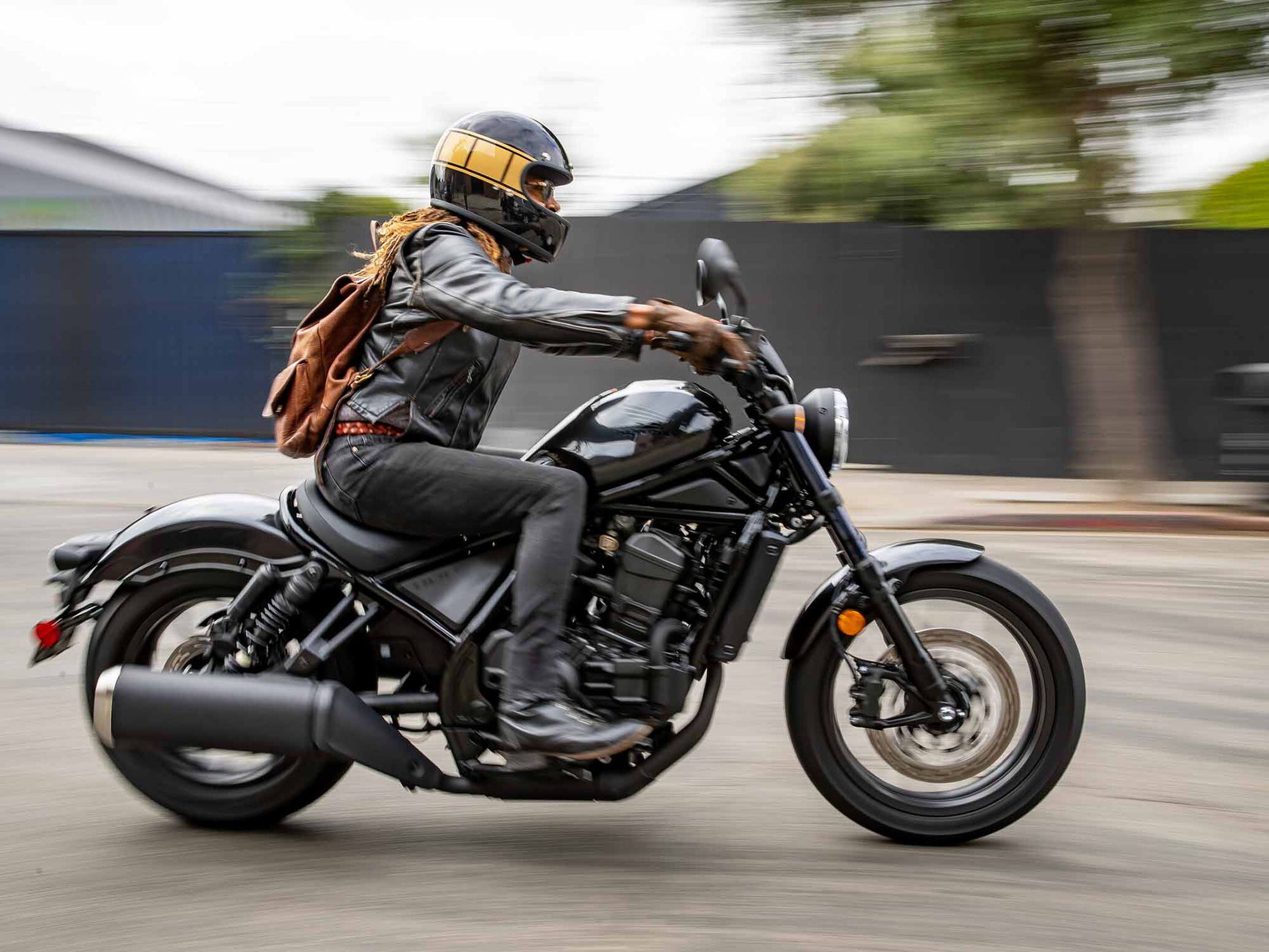
For decades, the Honda Rebel has been a stalwart in the small-displacement cruiser category. So it comes as a bit of a surprise that for 2021, Honda is introducing the decidedly un-little Rebel 1100.
If you said someone took the engine out of the CRF1100L Africa Twin, Honda’s flagship adventure bike, and built a cruiser around it, I would have assumed it was some bonkers custom outfit, like El Solitario, those Spanish madmen known for performing sacrilegious acts of customization on perfectly good motorcycles. Well, Honda did the deed itself, putting the parallel-twin engine in a slammed trellis frame. The whole thing actually makes good sense.
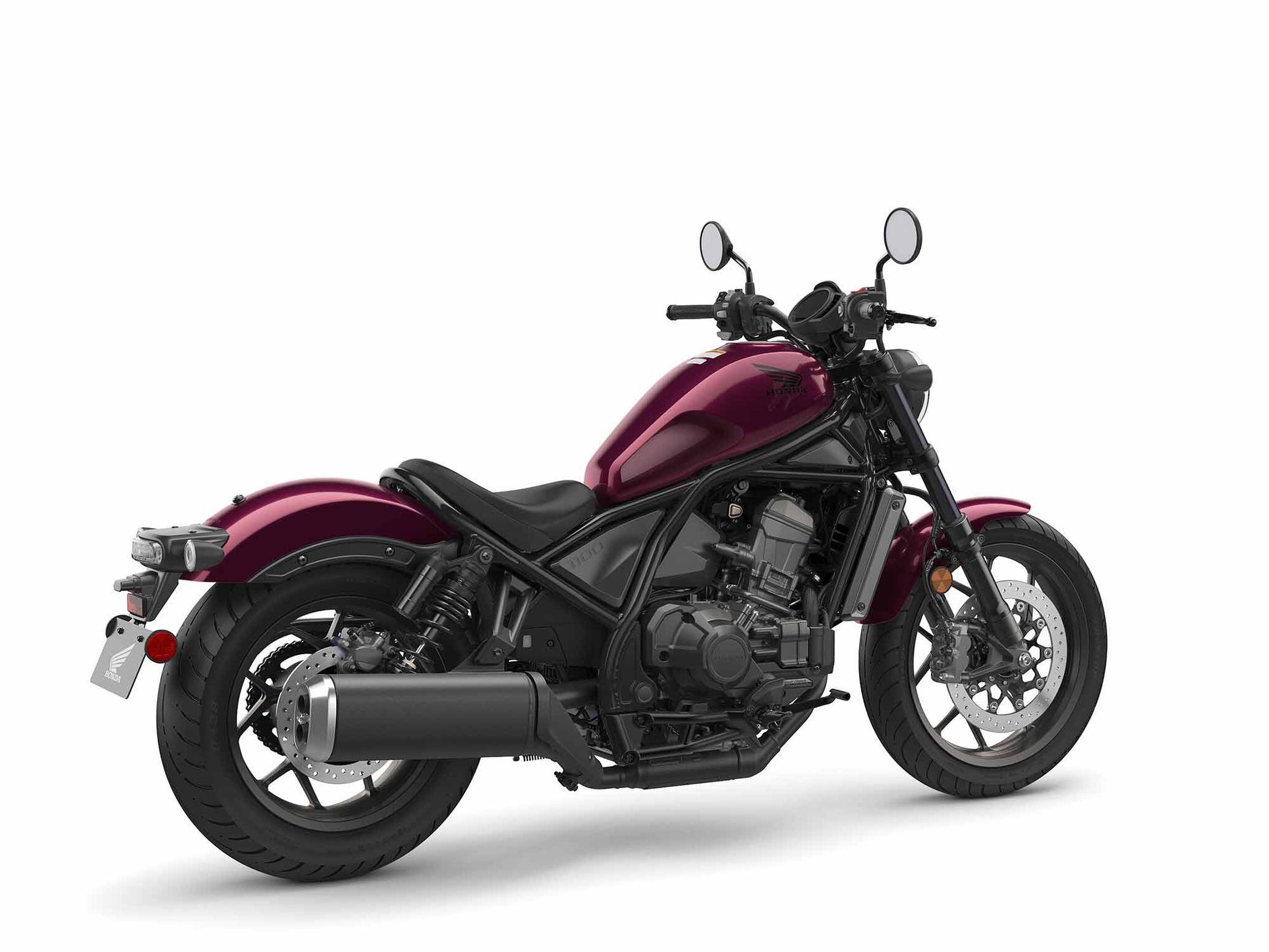
The 1,084cc parallel twin is retuned for its new application, and features different camshaft profiles for each cylinder. The result is that one cylinder produces slightly more power below 4,000 rpm, while the other produces more above 4,000 rpm. Honda says that in conjunction with the 270-degree crank, the engine provides unique power pulses, which will likely increase the visceral feel of the Africa Twin’s already characterful motor.
The Rebel 1100 is available with a manual six-speed transmission for $9,299, or with Honda’s automatic Dual Clutch Transmission (DCT) for $9,999. With DCT, riders can ride in fully automatic mode or shift using bar-mounted buttons.
It’s equipped with ride-by-wire throttle, and features four power delivery modes (Standard, Rain, Sport, and User-Programmable) and four levels of traction control (Honda Selectable Torque Control). It also features three levels of wheelie control, which isn’t something you find (need?) on every raked-out cruiser.
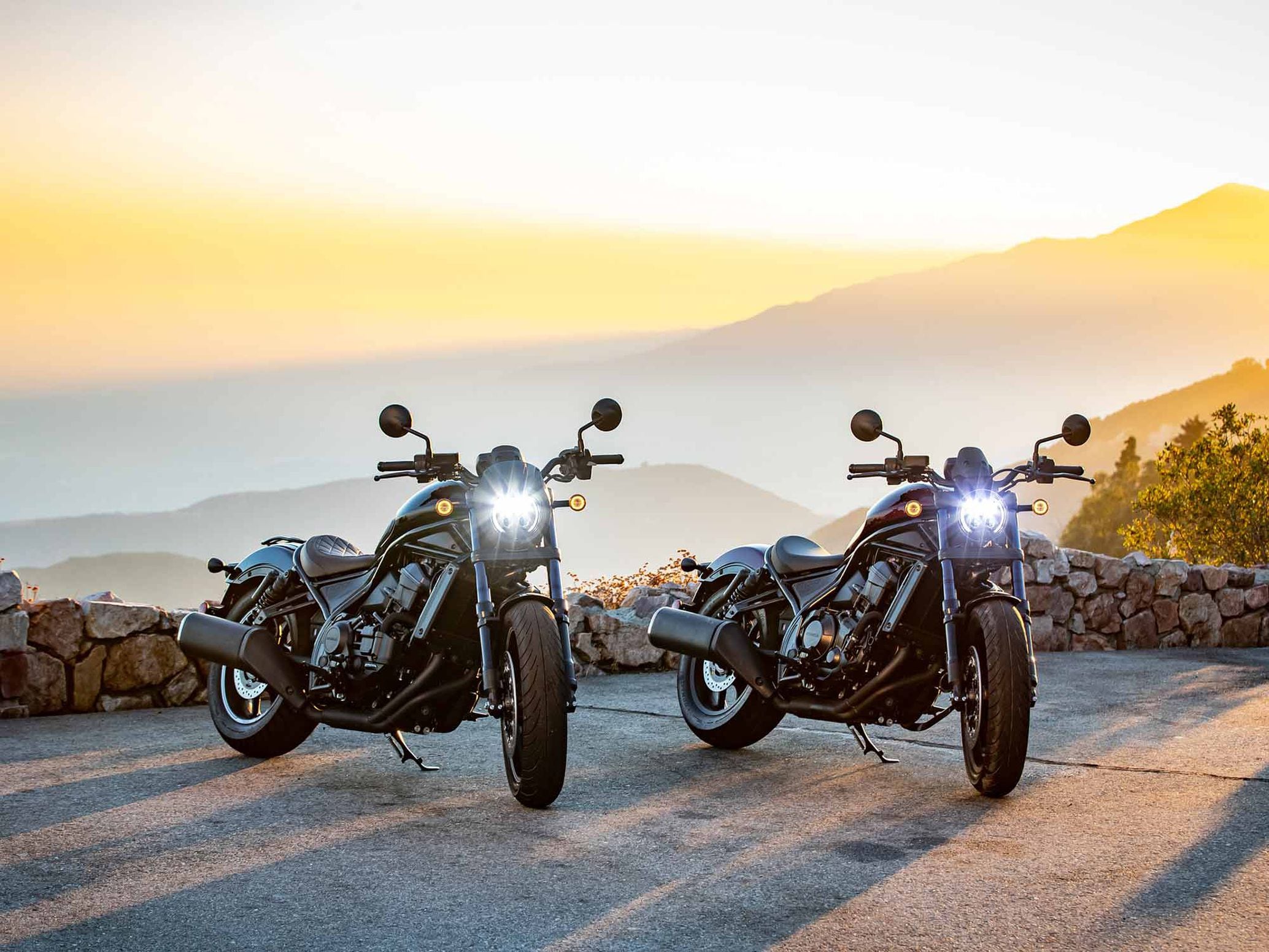
Up front, the Rebel has a single massive 330mm disc and radially mounted caliper and a 256mm disc in the rear. ABS is standard. The 130/70-18 (front) and 185/65-16 (rear) tires complete the cruiser look. The Rebel 1100 also has a low 27.5-inch seat-height and claimed curb weight of 487 pounds for the manual model and 509 pounds for the DCT version. Other nice features include cruise control, a lithium-ion battery, and a slip-assist clutch.
With the Rebel 1100, we can see that the latest Rebel 300 and Rebel 500 were a thesis of sorts, exhibiting Honda’s broader vision for the modern cruiser. While Honda’s Shadow and Fury still follow the American cruiser archetype to a large degree, the Rebel lineup has become far less shackled to conventional conceptions of the breed.
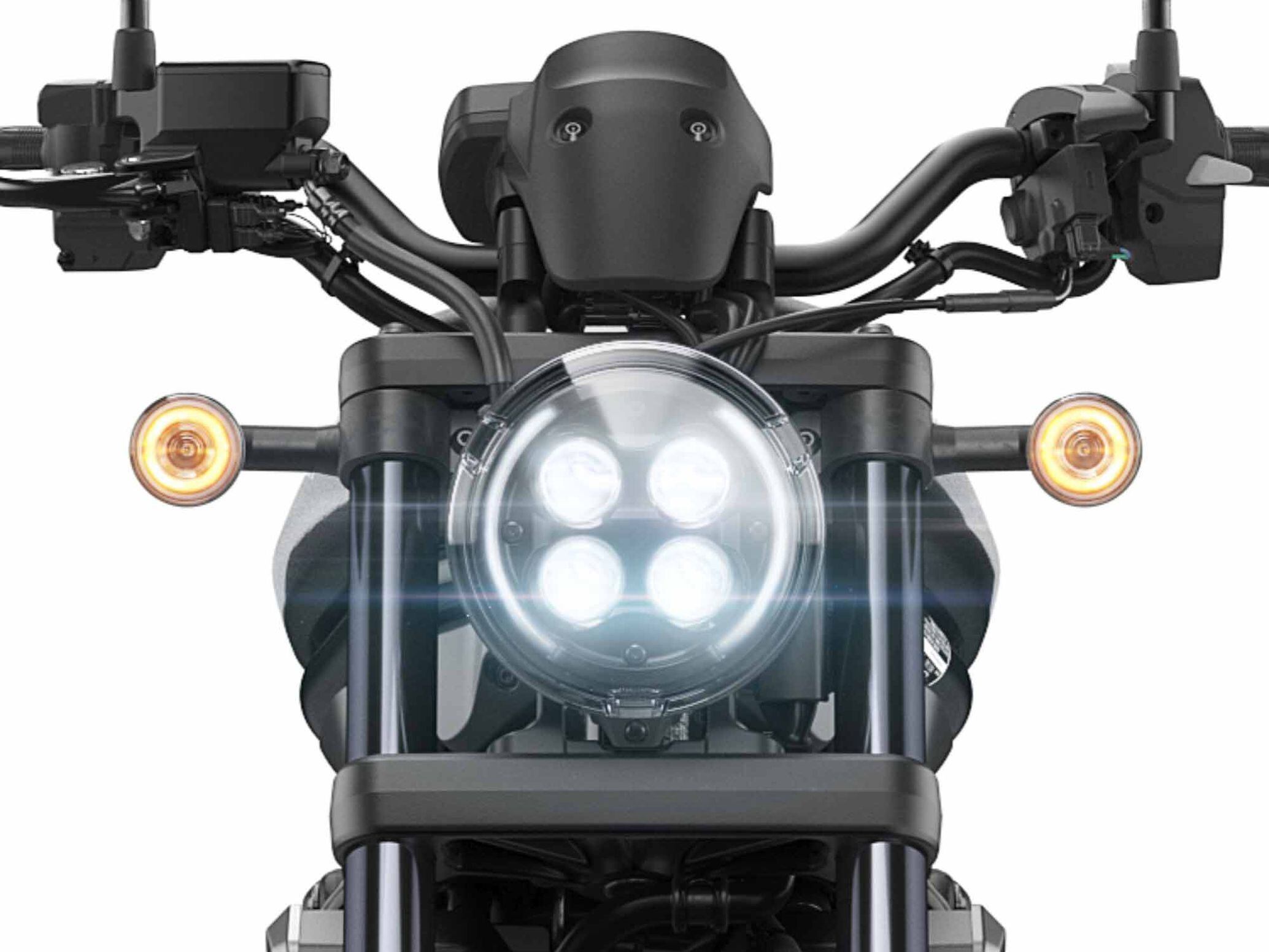
The cruiser market (and cruiser riders) are far more varied than in decades past. It wasn’t too long ago that every cruiser, so went conventional thinking, had to resemble a Harley-Davidson—even if it was a very un-Harley-like small-displacement parallel twin from Japan. The modern cruiser doesn’t have to be air-cooled, a V-twin, or American to be a genuine cruiser (see: BMW R 18). In fact, it’s possible that today’s most successful cruisers are the ones that represent core brand identity more than they represent some outdated notion of the cruiser rider’s identity.
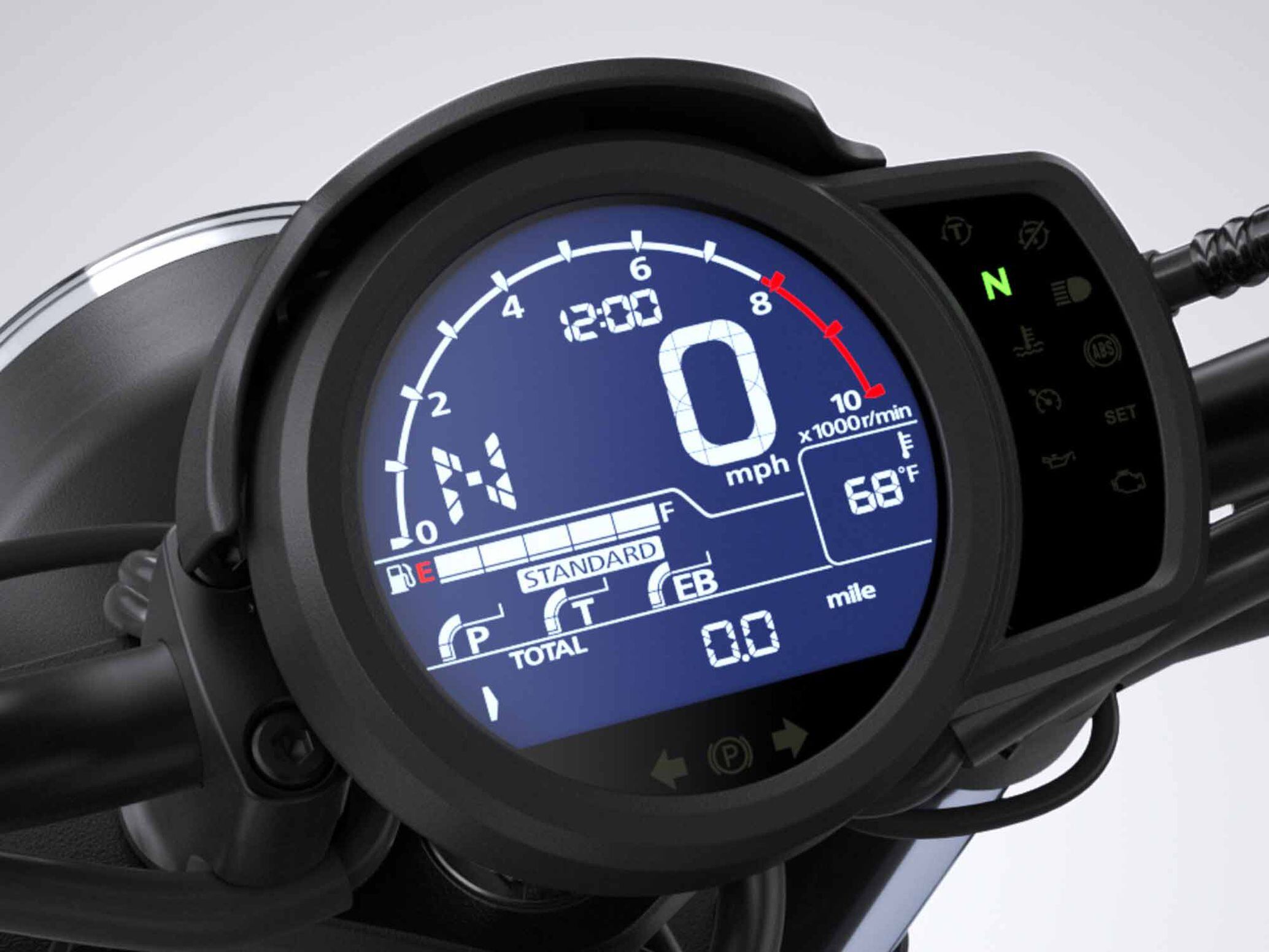
The Rebel 1100, with its Africa Twin-sourced engine, may be the most Honda-y Rebel ever. Which may be a very appealing prospect for today’s breed of cruiser rider.
